-
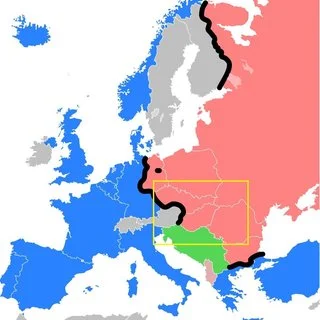
-

-
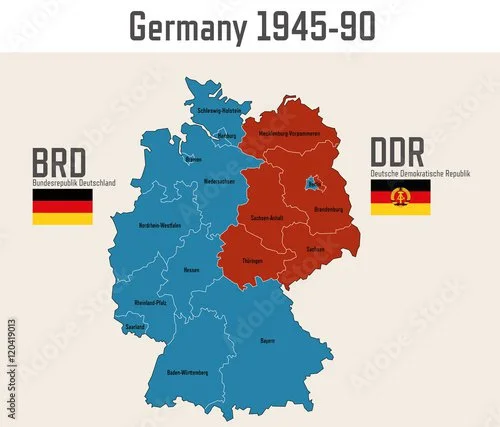 Following the WW2, Germany was occupied and divided by Allied powers. East and West Germany was afterwards established, with Britain, France and America occupying the East, the Soviet Union occupying the West Germany. Berlin was furthermore divided into regions, which were controlled by the four Allies. The division of Germany represented the political division of two powers in the Cold War period, last from 1945 to 1990 till the country was reunited.
Following the WW2, Germany was occupied and divided by Allied powers. East and West Germany was afterwards established, with Britain, France and America occupying the East, the Soviet Union occupying the West Germany. Berlin was furthermore divided into regions, which were controlled by the four Allies. The division of Germany represented the political division of two powers in the Cold War period, last from 1945 to 1990 till the country was reunited. -

-
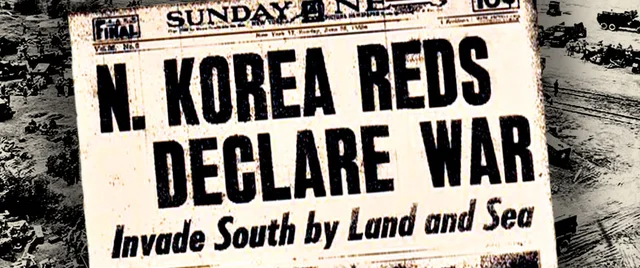
-
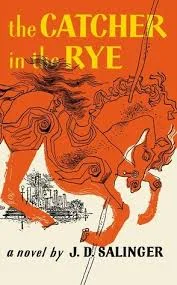 The Catcher in the Rye was a novel written by J.D. Salinger in 1951. The book soon became popular and influential among teenagers during the postwar period in America. Even though the book was controversial for its depiction of teenage rebellion and wording, the cultural impact it had had was fairly considerable. The characteristics in this book also inspired some contemporary YA writers to add the element of this book into their works.
The Catcher in the Rye was a novel written by J.D. Salinger in 1951. The book soon became popular and influential among teenagers during the postwar period in America. Even though the book was controversial for its depiction of teenage rebellion and wording, the cultural impact it had had was fairly considerable. The characteristics in this book also inspired some contemporary YA writers to add the element of this book into their works. -
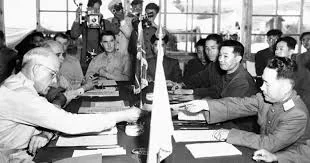
-

-
 After Stalin's immediate death, Nikita Khrushchev became the First Secretary of the Central Committee and eventually defeated his competitors to become the Soviet Premier. Soviet Union signed the Austrian State Treaty to let Austria became a newly-independent nation that remained neutral in the Cold War. The coming to power of Nikita Khrushchev showed the political shift in Russia. The neutrality of Austria created a buffer zone between the East and the West, the Communist and the Democrats.
After Stalin's immediate death, Nikita Khrushchev became the First Secretary of the Central Committee and eventually defeated his competitors to become the Soviet Premier. Soviet Union signed the Austrian State Treaty to let Austria became a newly-independent nation that remained neutral in the Cold War. The coming to power of Nikita Khrushchev showed the political shift in Russia. The neutrality of Austria created a buffer zone between the East and the West, the Communist and the Democrats. -
 In 1956, protesters went on to the streets demanding a more democratic political system in Hungary. In response, the Soviet tanks rolled in to crush the national uprising. Thousands were killed and wounded. The West did nothing in fear of nuclear war. This event could increase the tension during Cold War and change the opinions of other Communist countries toward Soviet Russia.
In 1956, protesters went on to the streets demanding a more democratic political system in Hungary. In response, the Soviet tanks rolled in to crush the national uprising. Thousands were killed and wounded. The West did nothing in fear of nuclear war. This event could increase the tension during Cold War and change the opinions of other Communist countries toward Soviet Russia. -
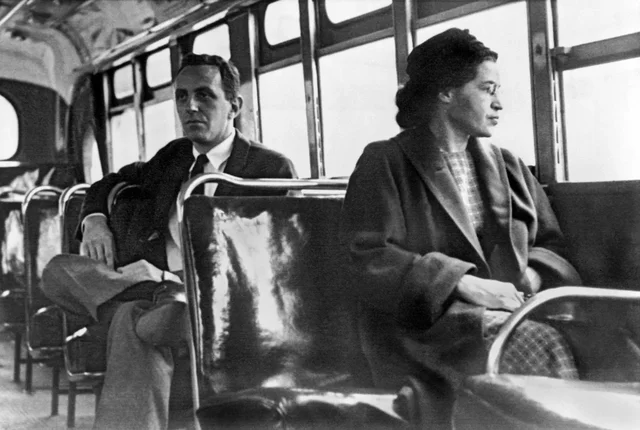 Rosa Parks was born in Alabama in 1913. She helped initiate the civil rights movement when she refused to give up her bus seat to a white man. Although her bold act got her arrested, it also inspired local African-American community to fight against racial segregation, making her a national recognized symbol of the time. Her story is significant for her contribution to as well as a step further toward democracy in the 20th century.
Rosa Parks was born in Alabama in 1913. She helped initiate the civil rights movement when she refused to give up her bus seat to a white man. Although her bold act got her arrested, it also inspired local African-American community to fight against racial segregation, making her a national recognized symbol of the time. Her story is significant for her contribution to as well as a step further toward democracy in the 20th century. -
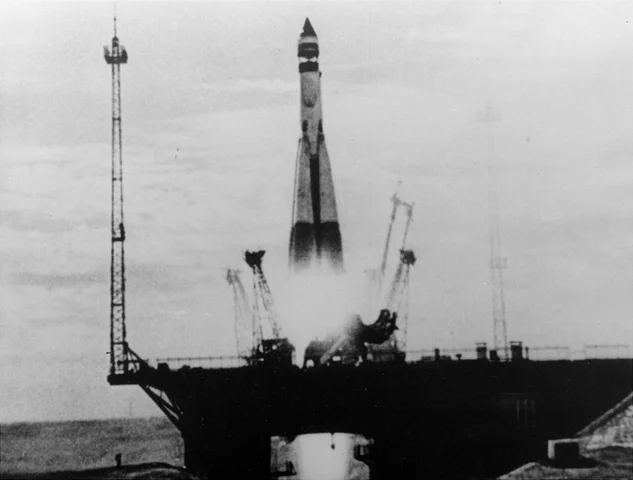
-
 Boris Pasternak was a Russian poet and writer. Born in a Russian Jewish household that valued education, he developed the interest in writing at a young age. His book Doctor Zhivago depicts a wartime romance story and became later recognized as one of the most famous post-revolutionary writer in Russia. Under the pressure and opposition of Soviet Union, he was forced to turn down the Nobel Prize he won in 1958. His contribution to literature established him as a symbolic figure.
Boris Pasternak was a Russian poet and writer. Born in a Russian Jewish household that valued education, he developed the interest in writing at a young age. His book Doctor Zhivago depicts a wartime romance story and became later recognized as one of the most famous post-revolutionary writer in Russia. Under the pressure and opposition of Soviet Union, he was forced to turn down the Nobel Prize he won in 1958. His contribution to literature established him as a symbolic figure. -

-
 In October 1962, an American U-2 spy plane discovered the nuclear sites built by the Soviet Union on the island of Cuba. The world was on the edge of a nuclear war as the tension aroused. The two world leaders eventually agreed to a deal in which the Soviet Union would destroy the nuclear sites and the U.S. wouldn't invade Cuba. This crisis was important because it was not only a pivotal moment for the world but also one that that strengthened Kennedy's international image.
In October 1962, an American U-2 spy plane discovered the nuclear sites built by the Soviet Union on the island of Cuba. The world was on the edge of a nuclear war as the tension aroused. The two world leaders eventually agreed to a deal in which the Soviet Union would destroy the nuclear sites and the U.S. wouldn't invade Cuba. This crisis was important because it was not only a pivotal moment for the world but also one that that strengthened Kennedy's international image. -
 The construction of the Berlin Wall began on August 13, 1961. Its primary purpose was the stop the exodus of East Germans to West Germans, who were seeking economic opportunities and freedoms. It was a symbol of the Cold War as the physical bloc between two ideologies in Europe.
The construction of the Berlin Wall began on August 13, 1961. Its primary purpose was the stop the exodus of East Germans to West Germans, who were seeking economic opportunities and freedoms. It was a symbol of the Cold War as the physical bloc between two ideologies in Europe.
The CIA and the U.S. government trained and armed the Cuban exiles in an attempt to overthrow the Castro's regime. The Cuban exiles landed at the Bay of Pigs and the invasion began,turning out to be a failure. -

-
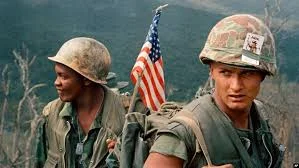 Following the Gulf of Tonkin incident, President Johnson sent the first 60,000 troops to Vietnam, later increasing US combat forces along the time of the war. He believed that America's intervention in the was necessary and it was driven by the fear of communist expansion in the Indochina.
Following the Gulf of Tonkin incident, President Johnson sent the first 60,000 troops to Vietnam, later increasing US combat forces along the time of the war. He believed that America's intervention in the was necessary and it was driven by the fear of communist expansion in the Indochina.
His decision contributed to the major commitment of America in the Vietnam War and also escalated the war in the following years. -
 Détente is the period in the 1970s during Cold War when the tension between the U.S. and the Soviet Union eased. The two nations increased trade and cooperation as the citizens were more concerned about economy than international affairs. This era marked the shift of political situation during Cold War, which is reflected on today's society as well as the relationship between the two nations.
Détente is the period in the 1970s during Cold War when the tension between the U.S. and the Soviet Union eased. The two nations increased trade and cooperation as the citizens were more concerned about economy than international affairs. This era marked the shift of political situation during Cold War, which is reflected on today's society as well as the relationship between the two nations. -

-

-
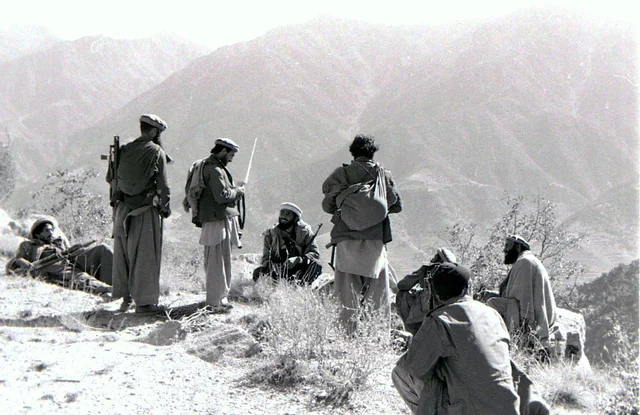 The Soviet Union invaded Afghanistan in 1979 to establish another authoritarian regime. With the help of the U.S. and the resistant of citizens, Soviet forces started to withdraw under the command of Gorbachev. This event marked the end of Détente. The invasion affected Soviet's economy as well as public appearance, again shifting the global climate.
The Soviet Union invaded Afghanistan in 1979 to establish another authoritarian regime. With the help of the U.S. and the resistant of citizens, Soviet forces started to withdraw under the command of Gorbachev. This event marked the end of Détente. The invasion affected Soviet's economy as well as public appearance, again shifting the global climate. -
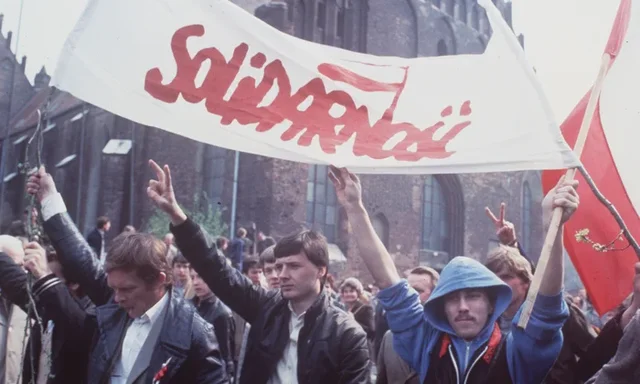 Josip Broz Tito, president of Yugoslavia died of gangrene after long illness. The Solidarity Movement in Poland was a nonviolence civil rights resistance. The voices against communism burgeoned soon after the communists took power in 1946. The movement was an opportunity for anti-communist ideologies to flourish, leading to the transfer of power in 1989. This event resulted in the democratization of Poland, which is important for the shift of political state in an European country.
Josip Broz Tito, president of Yugoslavia died of gangrene after long illness. The Solidarity Movement in Poland was a nonviolence civil rights resistance. The voices against communism burgeoned soon after the communists took power in 1946. The movement was an opportunity for anti-communist ideologies to flourish, leading to the transfer of power in 1989. This event resulted in the democratization of Poland, which is important for the shift of political state in an European country. -

-

-

-

-
 In November 1992, the federal government voted to separate Czechoslovakia into Czech Republic and Slovakia, also known as the Velvet Divorce. While the division happened peacefully, the two newly formed countries differ in terms of ethnicity, religion and economic system. This event might show the rise of democracy-- the right to self rule-- as the Cold War came to an end.
In November 1992, the federal government voted to separate Czechoslovakia into Czech Republic and Slovakia, also known as the Velvet Divorce. While the division happened peacefully, the two newly formed countries differ in terms of ethnicity, religion and economic system. This event might show the rise of democracy-- the right to self rule-- as the Cold War came to an end.